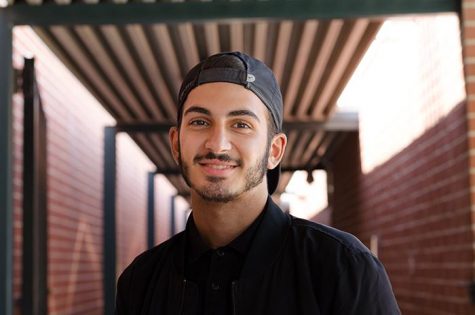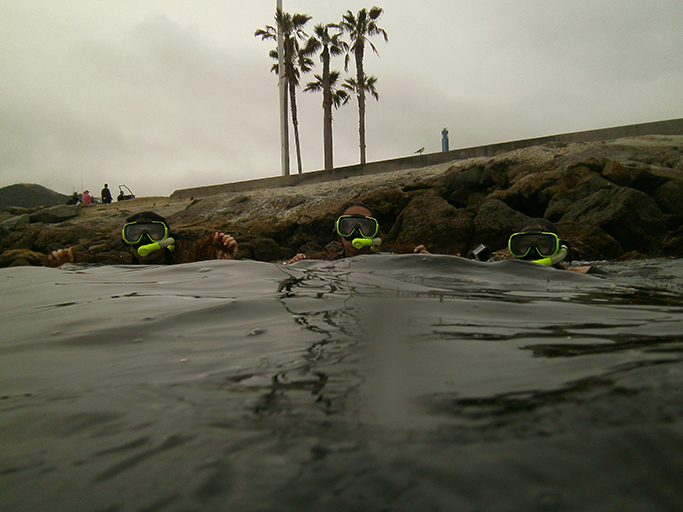Eco Narcs make a difference where it matters
SeaLife DC1400
On the overcast day of Feb. 10, Clark Magnet High School’s 14-person Environmental GIS “EcoNarcs” team visited Catalina Island to research Sargassum Horneri, an invasive species of brown microalgae originating from Japan that reach California’s shores through attaching themselves onto Chinese and Japanese merchant ships.
Marlene Saad, a junior at Clark Magnet and the snorkel algae sighter for the school’s EcoNarcs team, said that the trip was undertaken because the team “wanted to take a few samples and to do some research regarding the Sargassum Horneri, and that the unit wanted to just learn more about these species.”
Senior John Bandek, who was on the shore support assistance team, said he believed that conducting in-depth research on certain species of aquatic invasive species is important. “Their presence might shift or disrupt the already-present ecosystem, which affects the populations of fish and other marine creatures,” Bandek said. Bandek described the trip as an “educational necessity” and that “our research will make a difference.”
Dominique Evans-Bye, the teacher responsible for overseeing the entire trip, said that the research may not make a massive difference in protecting the present aquatic environments. However, “if we can at least enforce the enactment of new policy to change the rules for protecting any species, which include invasive species, we will have made a major change,” she said. Evans-Bye added that the EcoNarcs plan on taking action to protect the already present ecosystem, which will add on to the many advancements achieved by Clark Magnet’s GIS clubs.

Hobbies/Interests: boosting out
Favorite Movie: Titanic
Favorite Food: ghormesabzi/xash
Plans for the future: boost as much as possible
Three Words...










